Zoom Magazine 1973: Richard D'Amore
ZOOM MAGAZINE, ISSUE NO. 20, FEATURING RICHARD D’AMORE SEPTEMBRE/OCTOBRE, 1973
The photographic essay presented here is the work of California photographer Richard D’amore. Zoom had already published a portfolio of his and his brother Robert, also a photographer, in Issue number 13. Le portfolio published here was realized a few months ago in the ancient Les Halles de Paris while they were being torn down. These photographs inspired Andre Pozner to write the “open Letter” which may be found on the following page, to Mr. Raymond Marcellin, the current Minister of the Interior. Richard and Robert were supposed to have a joint exhibition at the American Cultural Center this November (1973). The theme of the exhibition had already been approved since May, but just days before the exhibit was to open, the D’Amore Brothers were informed that their work had been judged too sexual. Rather than replace the objectionable photos, Dick and Bob D’Amore preferred to cancel this exhibition.
To Raymond Marcellin, Minister of the Interior
There was a time when one could still lose oneself in this city. And if all the cars drove on the right hand side, certain people could walk on whatever side they chose.
There was a time when we could still see people stopping on the sidewalk to talk to one another, and we could see young men laughing with young girls. We could even see individuals walking around with complete abandon, a bright gaze, the glimmer of a smile at the corners of their mouth, lost in some deep dream because we used to dream back then.
We found certain tortuous routes, some kids throwing firecrackers on holidays, because there were still holidays, ice cream vendors, and red balloons.
During this time, people still remembered how the tractor trailer trucks around dusk would block the road arteries as the drivers unloaded cages, sacks, baskets, and animal carcasses. The food of the city would pile up under the shelter of the pavilions. Red with blood, the streams carried away the detritus of the seasons. Under these enormous metallic ribs the stomach of Paris was mysteriously like the stomach of a woman.
And then one day, the food was thrown out of the walls. The pavilions of Les Halles were abandoned and in the emptiness of their structure, all that remained was a lacework of cast iron. The sounds of destruction were soon approaching, but in the meantime the place was free. Because at that time even a place could be free.
A group of actors installed themselves there. A cinema opened in the rose bricked basement. A zoo. Sculptures. Afair.
And in the Springtime the people of the town came to look, the cars drove by and saw a Japanese theater group performing, some marionettes had a caged lynx, and the banned film about the Battleship Potemkin* was shown, and it was all interesting.
But the government was watching. With its notaries and sponsors.
“Paris must become, they said, an international capital. Such a capital can only be done at the expense of some Parisians. It is normal that they suffer a little. They are not the most important people in their city.”
And when we asked for them to be specific, because we did ask, they specified:
“People without money, alas, must leave Paris. The urban soil of a capital must bring high profits.”
And so they demolished the joy of the city. With bulldozers. With the police too, because we revolted, because back then we sometimes revolted.
During that time when some ruins remained, some marvelous things happened, as soon as the inspection department of the police disappeared from the scene.
Under the arches private echoes sounded and a plant, all but forgotten, grew in the form a beautiful, naked girl. She wandered Les Halles and Les Halles were once again alive because of her, even though one could hear the jackhammers sounding in the distance.
Yes, truly Paris’ stomach was mysteriously like the stomach of a woman and she wandered naked in the stomach of the city, occupied or not occupied by adventures that escape us now, beautiful as a bird no doubt, or as a tree, a ray of sunshine, all the things which we remember from hearsay, during that time.
And we spoke of phalluses on the corner of every street. There were still some loopholes. The obelisk at the Place de la Concorde seemed like an exhaust pipe. We still forget that one tower hides a forest of towers.
Concrete towers armed against workers, butchers, truckers, and longshoremen, the strong ones of Les Halles, would probably not have been surprised to see this beautiful naked girl strolling between the devils and the butchered beef, a beautiful naked girl as free as the day, filled with desire or love, walking around in their world as naturally as if she were at home.
She displaces herself with indifference. Fortunately a group of policemen did not confront her. They would have been ridiculed. And during that time when we hardly laughed any more, those we made fun of killed those who made fun of them with: batons, grenades, and guns.
Ah, what do Les Halles, the pavilions, the flowers of steel matter But how can one not be bitter to think that in those days, when they had eyes, they say they did not see all around them the beauty that they were destroying, the beauty that they were reforming, renovating, denaturing, disfiguring, defining, leveling, the beauty that was pointed out at the entrance of factories, of prisons, at this time when there were still vacant lots of liberty.
André Pozner
Translation by Katherine James
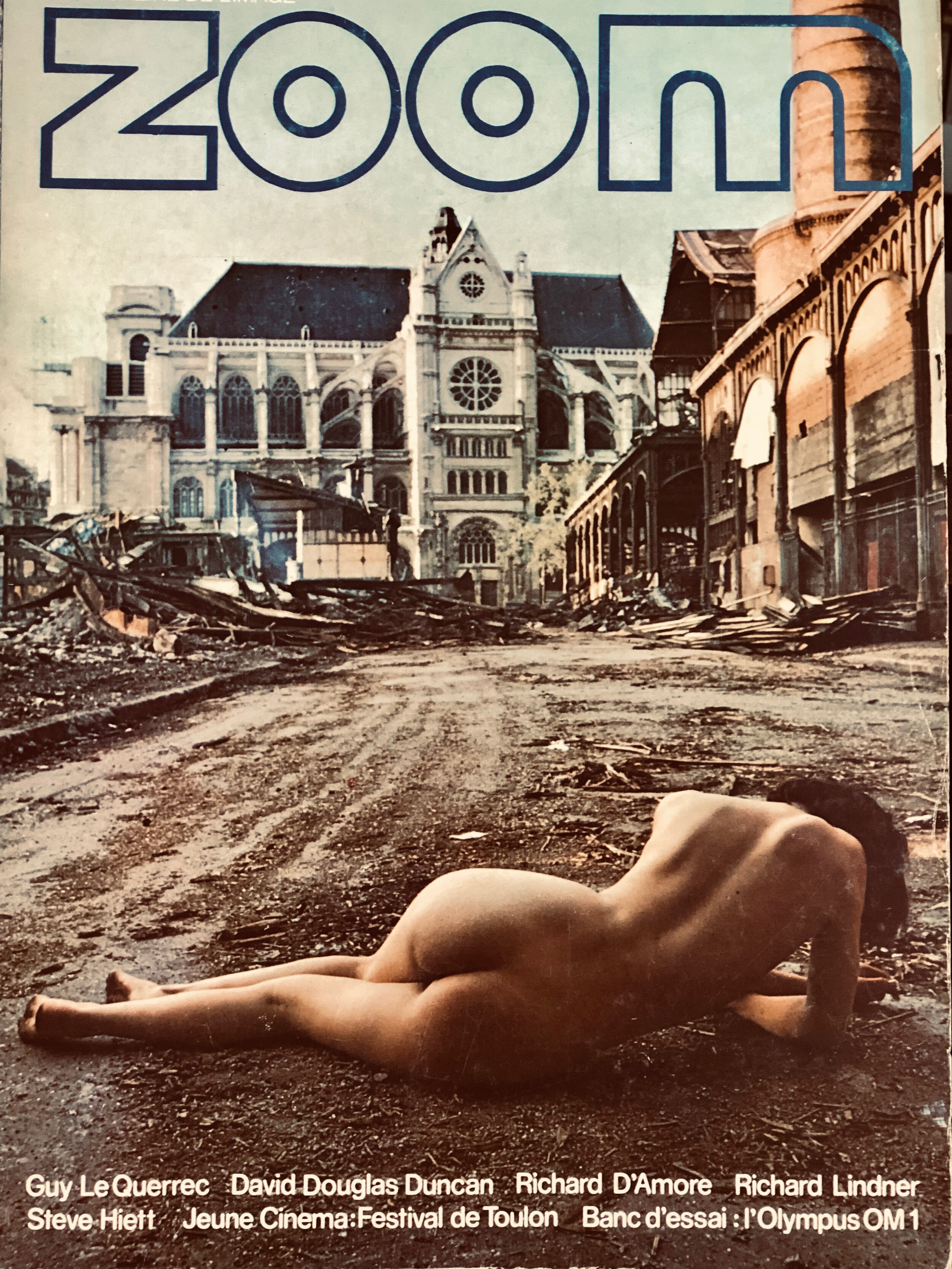
Zoom Magzine 1972 Richard & Robert D'Amore
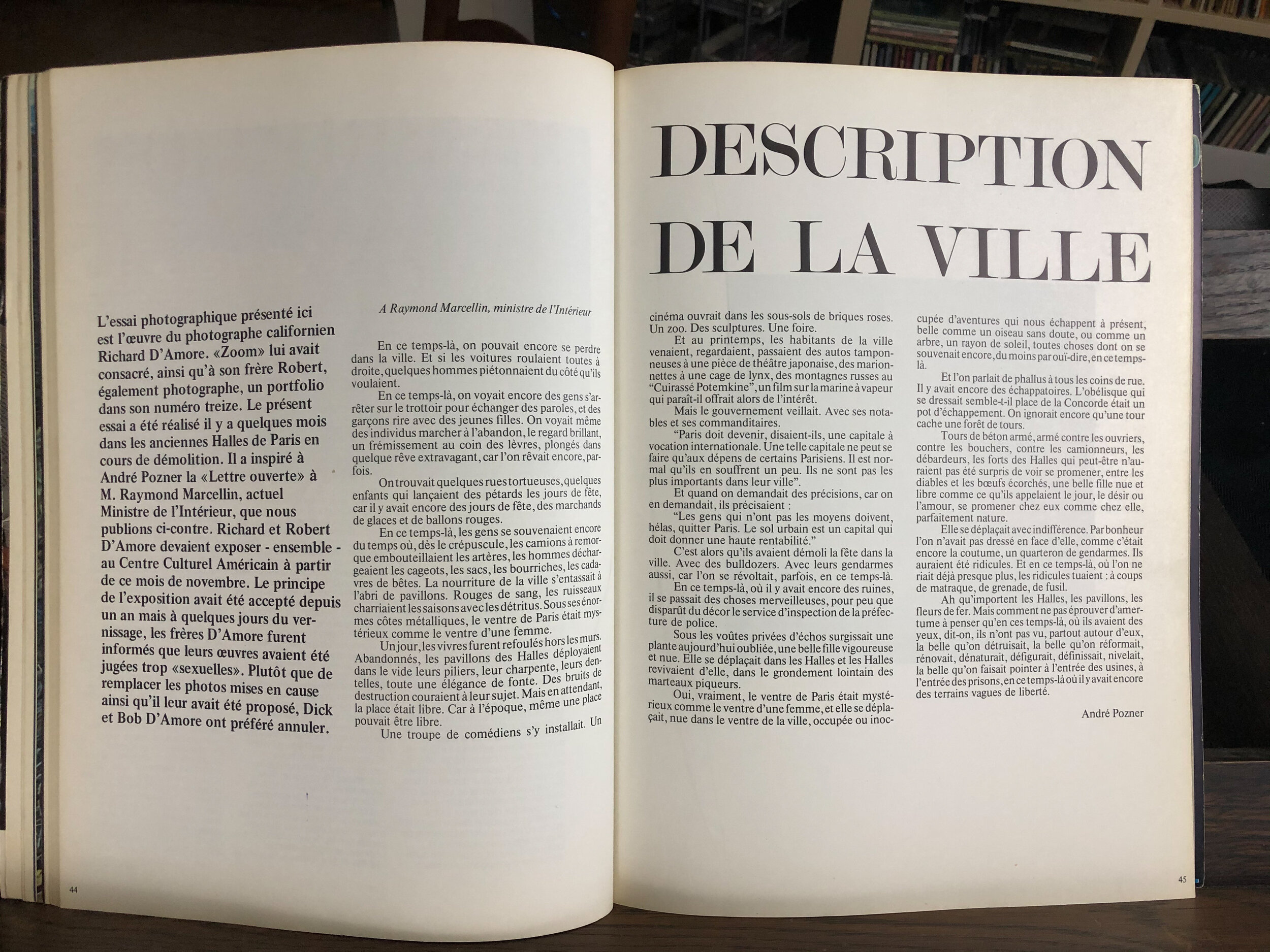
Zoom Magzine 1972 Richard & Robert D'Amore
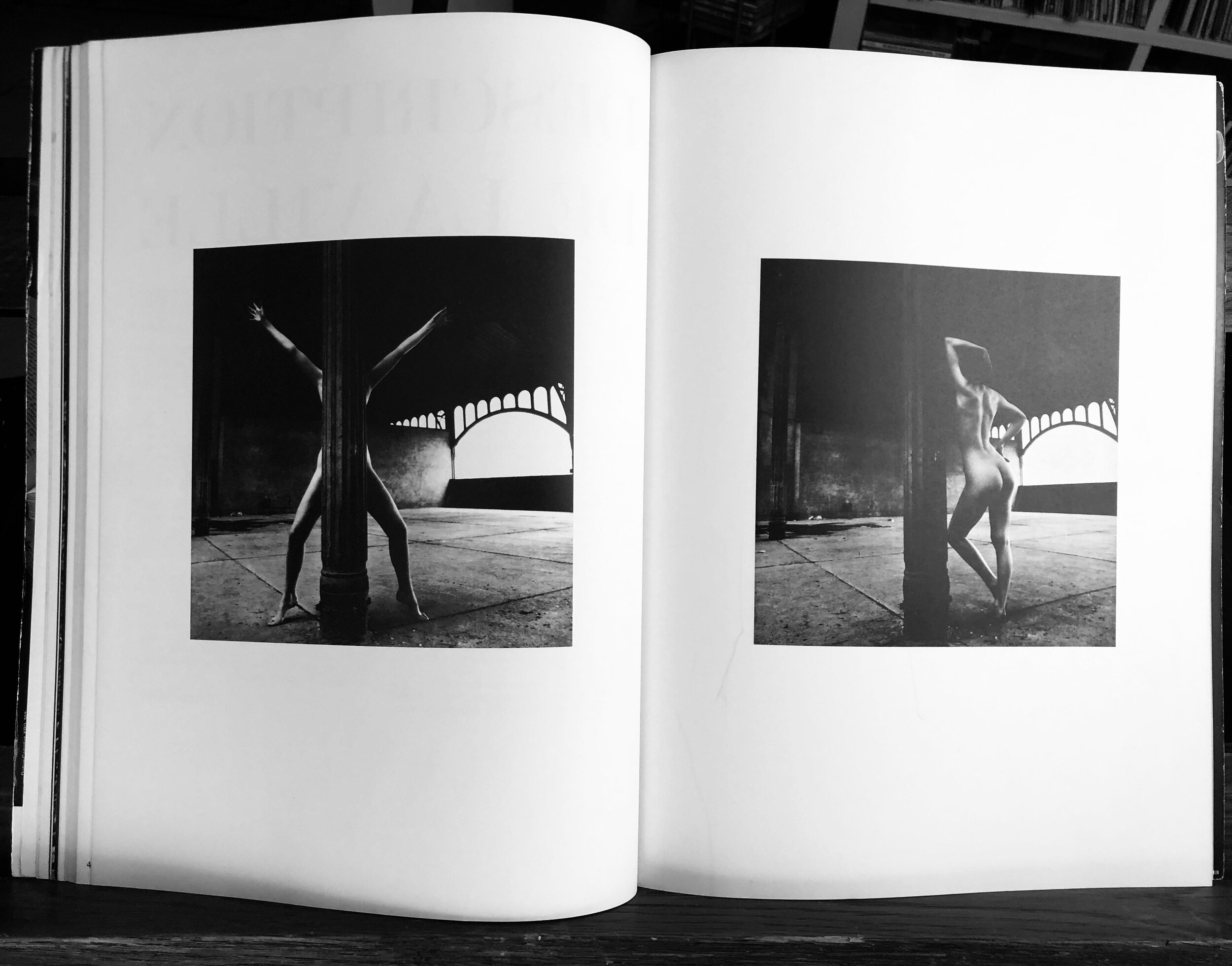
Zoom Magzine 1972 Richard & Robert D'Amore
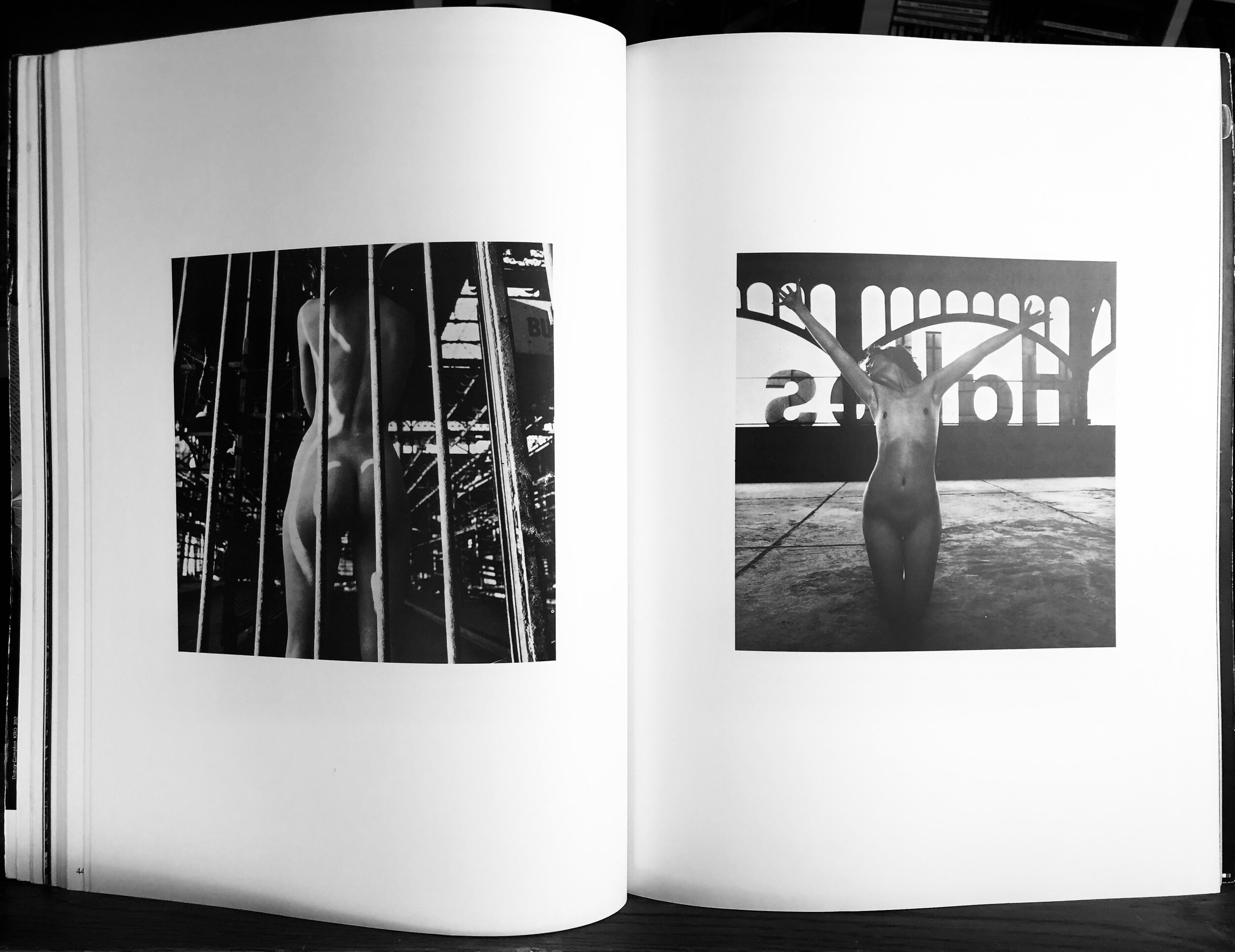
Zoom Magzine 1972 Richard & Robert D'Amore
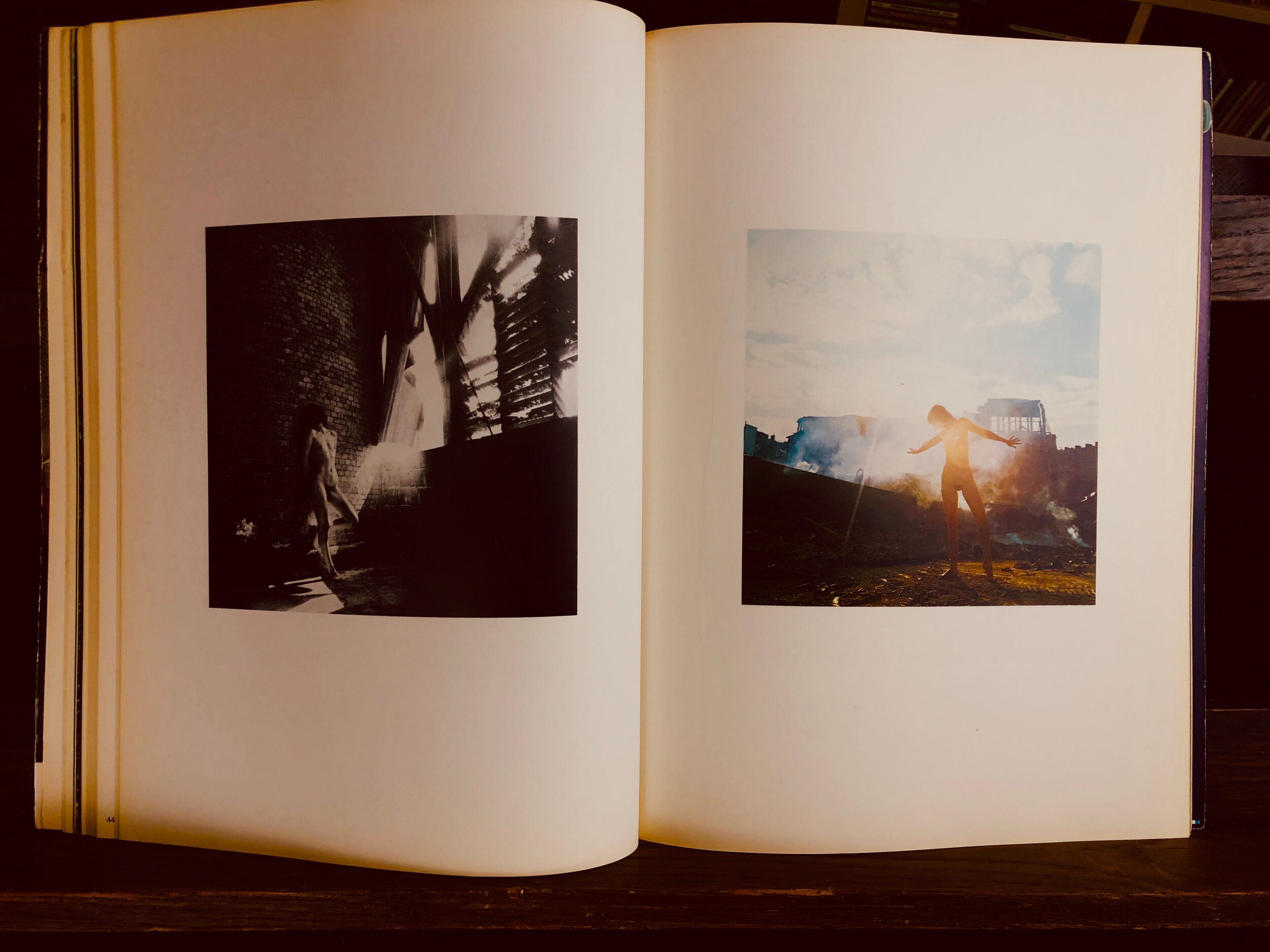
Zoom Magzine 1972 Richard & Robert D'Amore
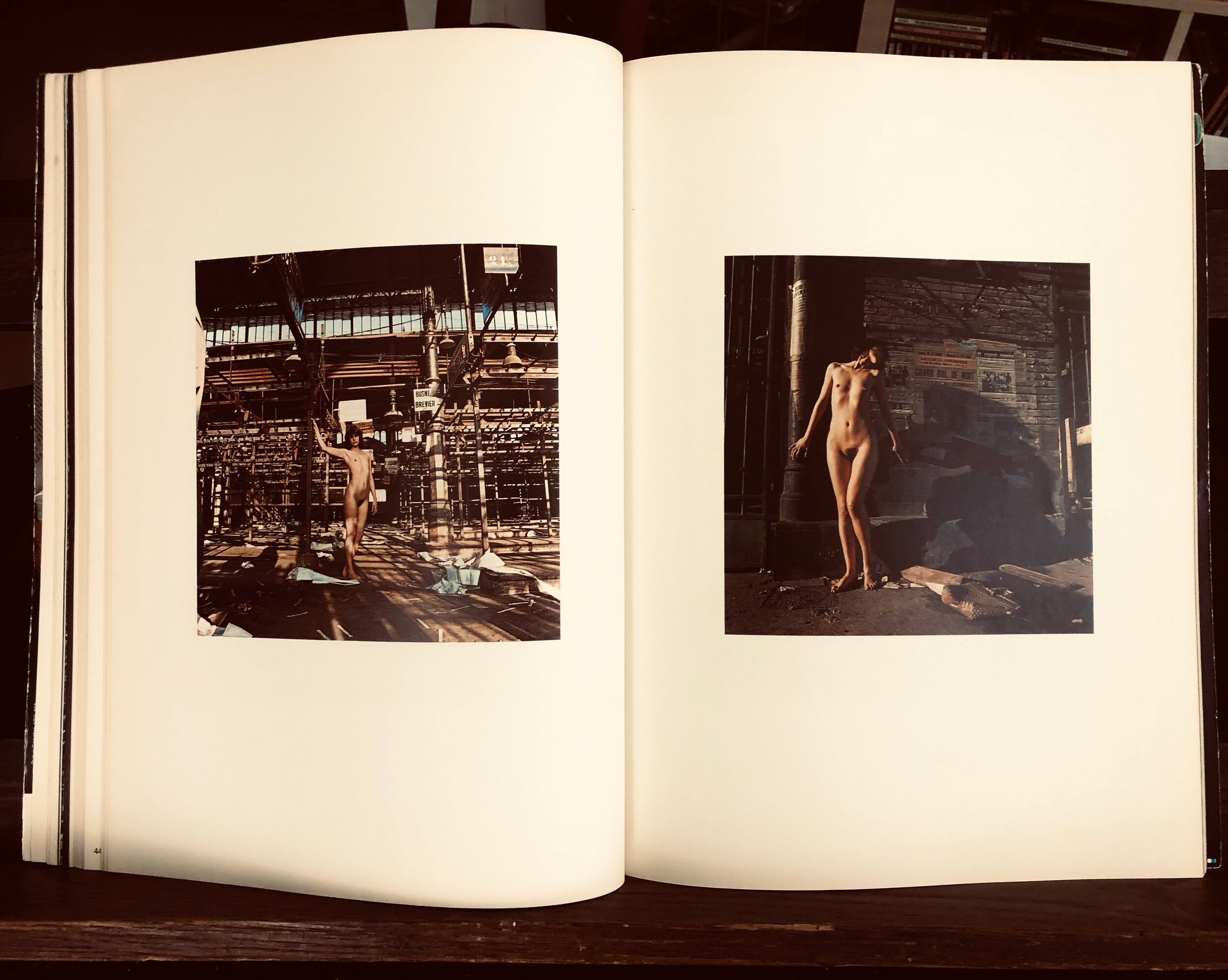
Zoom Magzine 1972 Richard & Robert D'Amore
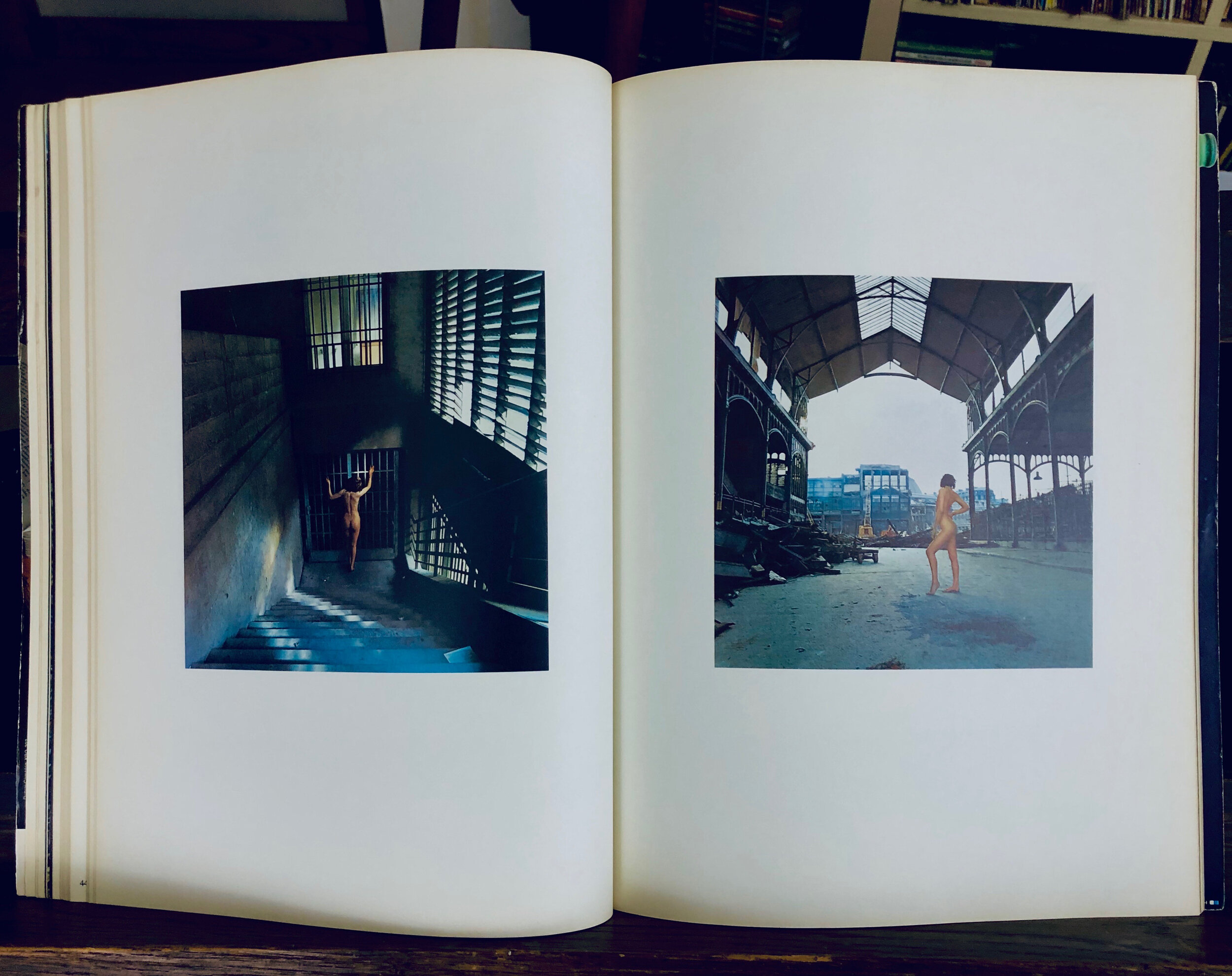
Zoom Magzine 1972 Richard & Robert D'Amore
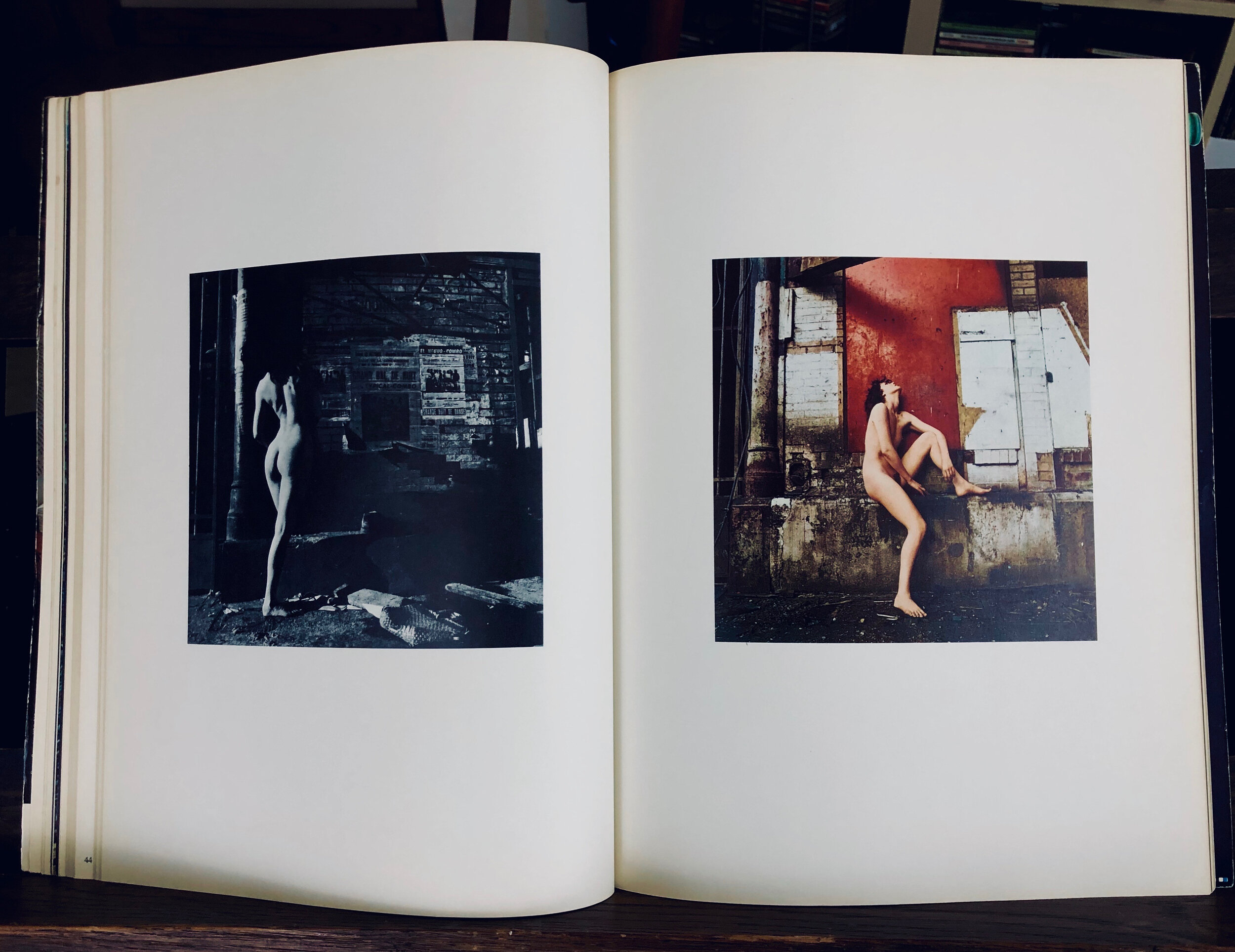
Zoom Magzine 1972 Richard & Robert D'Amore
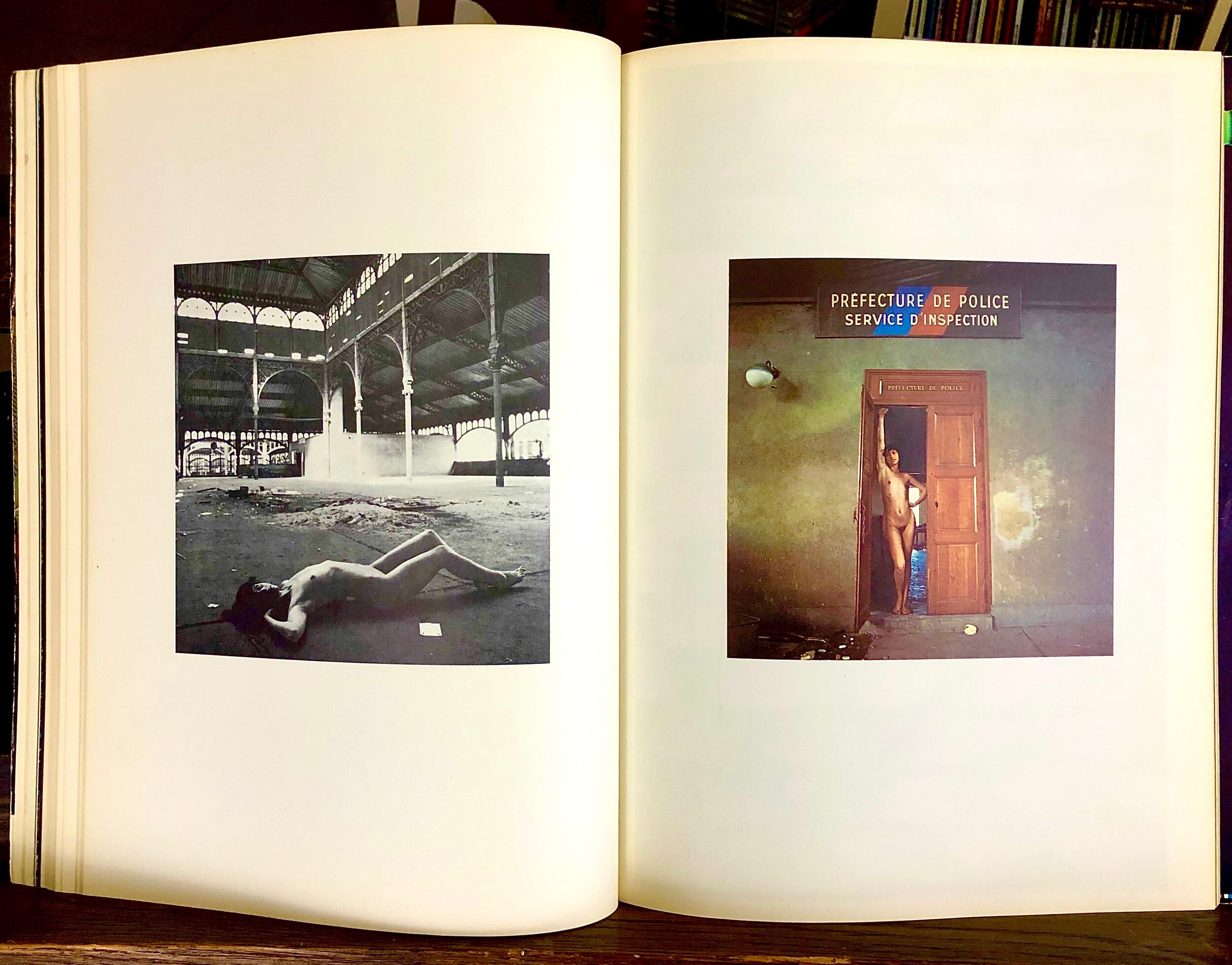
Zoom Magzine 1972 Richard & Robert D'Amore
